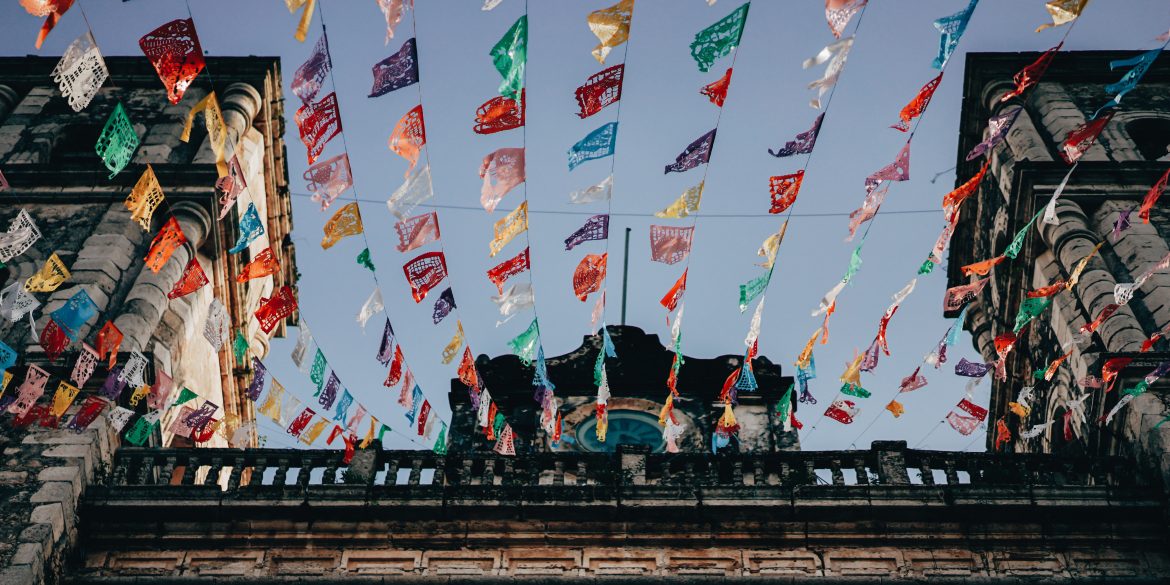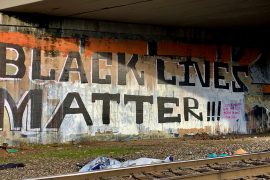Latino Heritage Month…what is it? Why do we celebrate it? LHM takes place from September 15th to October 15th in the United States to recognize the contributions and influences of Latino Americans on US history, culture, and achievements.
Let’s get to the facts. The Latino population consists of 60.6 million people which makes it the second largest racial/ethnic group in the United States. There are plenty of cultural stigmas associated with being Latino, a drug lord or, a sexy latin lover, but there no question that our contributions to the American culture are infinitely more profound than Taco Tuesdays with the best guac and margaritas.
Along with the above misconceptions is the ever present (and annoying) statement of “You don’t look Latino.” *insert eyeroll* What does this even mean? What am I supposed to look like; a plate of rice and beans? It’s like if someone said to you “you don’t look American?” Eh? Doesn’t make much sense does it? The point is that the Latino people are a rainbow of different skin colors, dialects and cultural influences. Which by the way tacos aren’t a traditional dish to all Latinos either. The diversity is evident in our cuisine, our art, our music and Spanish accents. Most of Latinos’ ancestry is mainly a mix of African, European, Indigenous and Asian to name a few because you know… colonialism. Our skin colors range from porcelain to ebony and everything in between. I myself have thick black hair and tan skin, but not everyone that is Latino “fits” that description. Even then, I apparently “don’t look Latina” as others have mentioned to me before. Within my own family we look quite diverse. My big brother is closer to my height and has dark hair like me but his skin is slightly darker than mine. My little brother is tall, has medium brown hair and fair skin. And yet all three of us are a beautiful, unique mix of our Latino parents.
After centuries of countless stigmas and stereotypes, we have proven that we are resilient regardless of where we are, in our homeland, or in another country. There is no obstacle we feel like we cannot overcome. We are proud, passionate, and headstrong. We also like to find ways to celebrate life and are festive year round. We are proud to be American but also are proud of our lineage and our heritage. We wave and rep our flags whenever we can and get hyped! Most of us, but not all, speak more than one language and flawlessly transition back and forth from one to another. Have you ever noticed that Latinos generally have 2 last names? It’s because we carry both our mother and father’s last names. This is another way that we pass down and remember our lineage.
Latinos throughout history have made their mark in many different ways. We’ve had and continue to have successful healthcare workers, athletes, politicians, scientists, entertainers, you name it! According to the U.S. Army, in 2017 they estimated that 131,000 Latinos were serving in the U.S. Army and 1.2 million Latinos ages 18+ were U.S. Veterans. More than 40 Latino soldiers have earned the Medal of Honor. And that’s just the Army! Now that you’re up to speed, here are a few of my favorite Latino trailblazers who have contributed so much to American society:
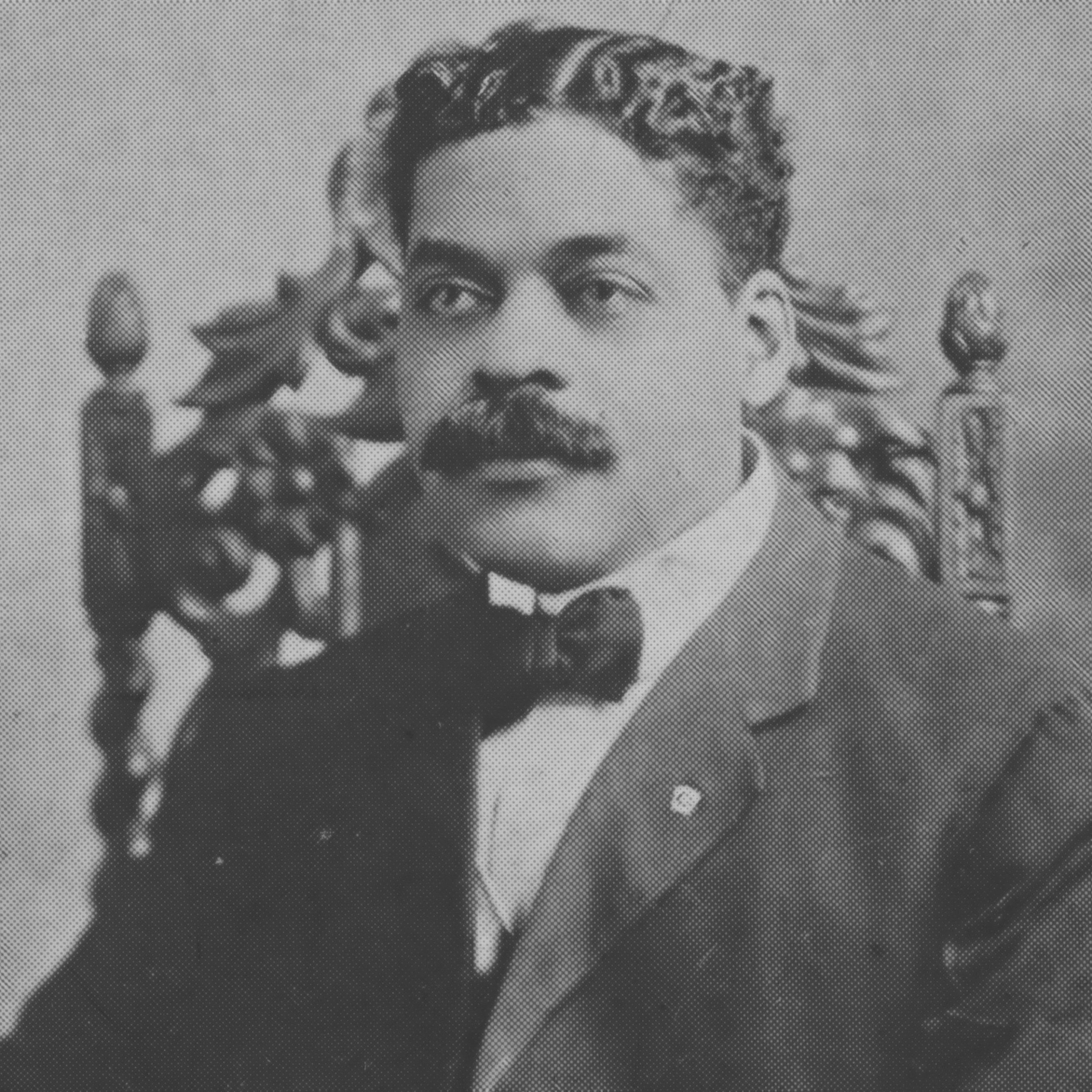
Arturo Schomburg was born in 1874 in Santurce, Puerto Rico and moved to New York at the age of 17. In grade school, one of his teachers said that black people did not have history, heroes or any accomplishments but he was determined to prove otherwise. His life became about rewriting the history of afro descendants of both Latinos and non Latinos. He was a historian, collector, writer, activist and one of the key intellectuals and prominent figures in the Harlem Renaissance. By 1926 he had collected thousands of books, documents, manuscripts and etc important to black history, which he is best known for. Schomburg created the blueprint of modern black studies. In 1911, he cofounded the Negro Society For Historical Research. He has curated black collections in Tennessee and New York.
Jean-Michel Basquiat was a poet, musician and graffiti prodigy. He is considered an overnight success in the late ‘70s in New York. He was the son of Haitian and Puerto Rican parents. Basquiat is often associated with the Neo-expressionist movement. He rose from the NY punk and hip hop scene. His signature painting style was described as obsessive scribbling, elusive symbols, diagrams, and mask-and-skull imagery. He often signed his paintings with a crown with 3 points. “Basquiat’s art focused on dichotomies such as wealth versus poverty, integration versus segregation, and inner versus outer experience. He appropriated poetry, drawing, and painting, and married text and image, abstraction, figuration, and historical information mixed with contemporary critique. Basquiat used social commentary in his paintings as a tool for introspection and for identifying with his experiences in the black community of his time, as well as attacks on power structures and systems of racism. Basquiat’s visual poetics were acutely political and direct in their criticism of colonialism and support for class struggle” (Jean-Michel Basquiat, Wikipedia.com). He is considered one of the most significant artists of the 20th century. His legacy influenced and continues to influence literature, film, music and fashion.
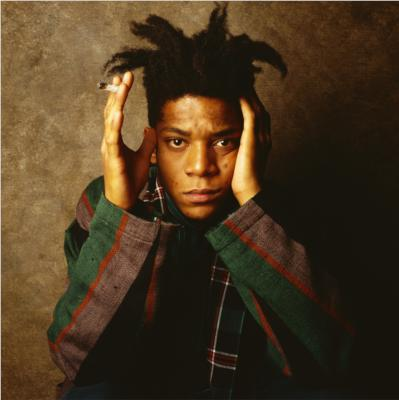
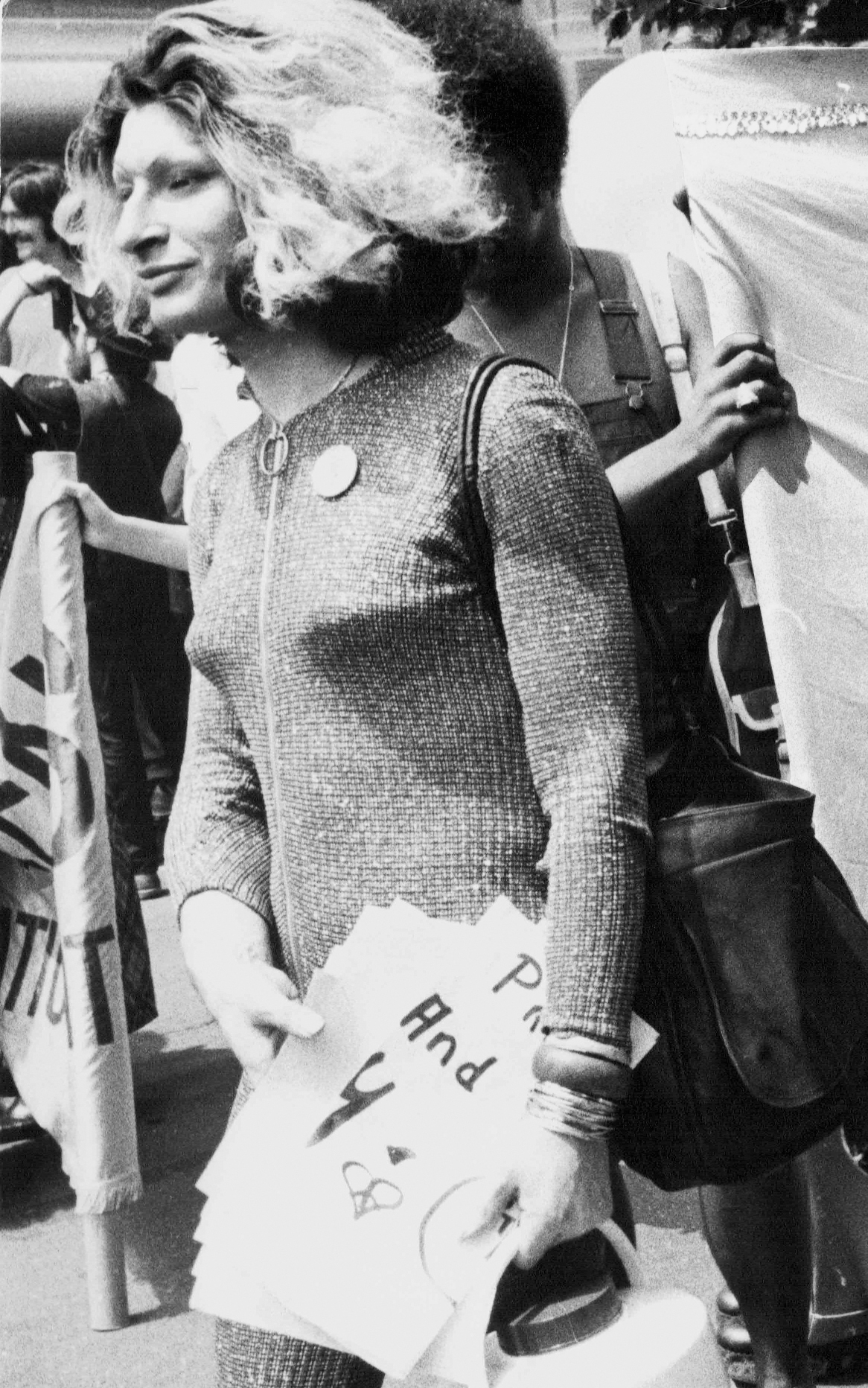
Sylvia Rivera self identified as a drag queen, was a Latina American gay liberation and transgender rights activist. She became known as one of the most radical gay and transgender activists of the 1960s and 70s. She participated in demonstrations with the Gay Liberation Front and was a veteran of the Stonewall Uprising of 1969. She tirelessly fought for early legislation banning gender discrimination and sought to create safe spaces for queer homeless youth. She was a fierce leader in the battle towards equality. Sylvia fought hard against the exclusion of transgender people from the Sexual Orientation Non-Discrimination Act in New York, and was a loud and persistent voice for the rights of people of color and low-income queers and trans people. She also co-established the political organization STAR (Street Transvestite Action Revolutionaries) with her dear friend and drag queen, Marsha P. Johnson.
Ellen Ochoa is a Mexican-american engineer and astronaut. She joined NASA in 1988 as a research engineer and was then chosen to be an astronaut in 1990. She became the first Latina woman to go to space when she served on the nine-day STS-56 mission aboard the space shuttle Discovery in 1993. She has traveled to space 4 times which total 1,000 hours in orbit. She was later the 11th director of the Johnson Space Center. She was their first Latina director, and its second female director. She is also a co-inventor on three patents and author of several technical papers. She has been recognized for multiple awards but most importantly NASA’s highest award, the Distinguished Service Medal, and the Presidential Distinguished Rank Award for senior executives in the federal government. Other accomplishments include having six schools named after her.
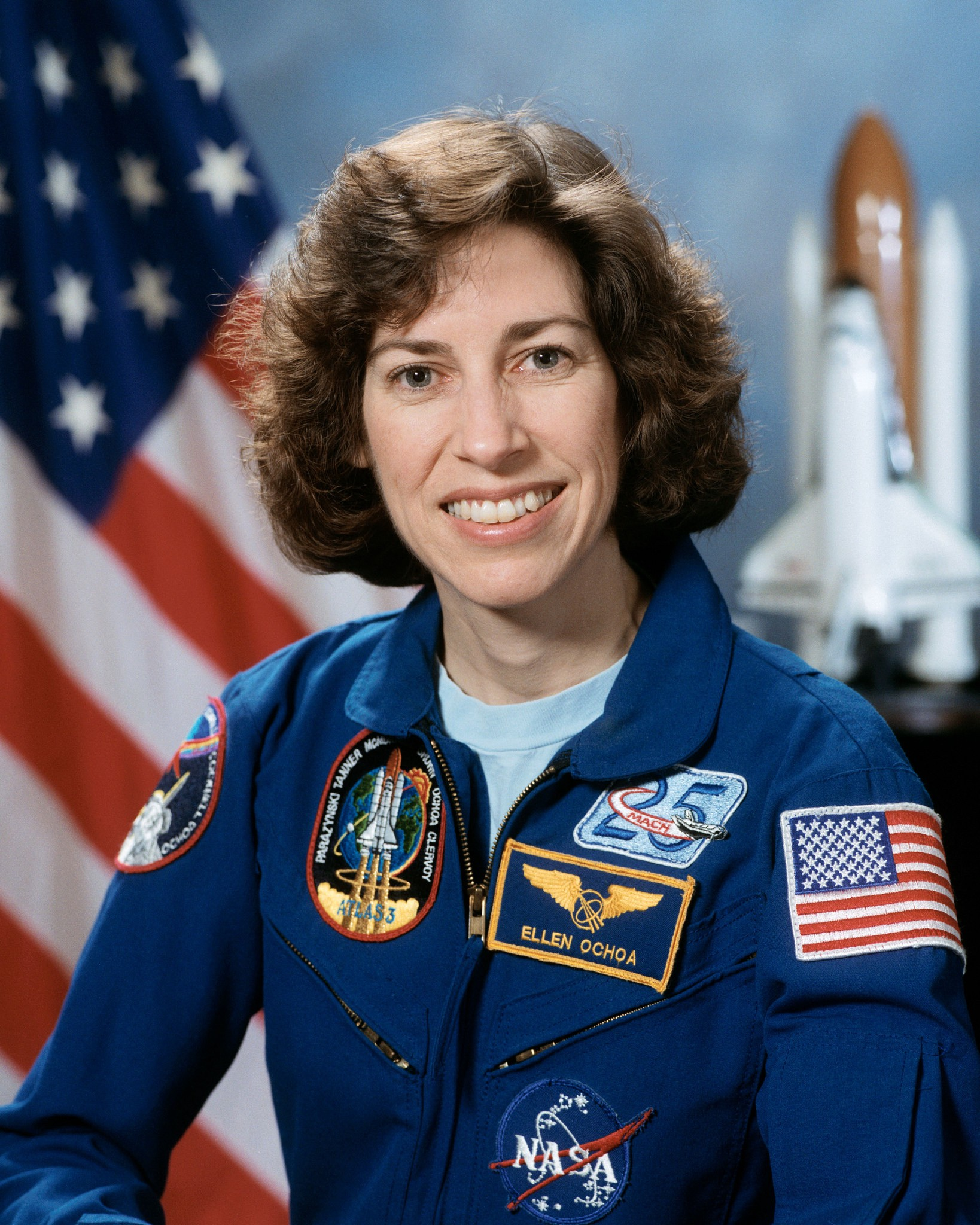
If you know, you know and hopefully you can say that you’ve learned something new about Latino heritage. The next time you’re California dreaming, think about how many U.S. cities were named by Spaniards before British colonists came to America. Some examples include Los Angeles, Montana, and San Antonio. The next time you’re enjoying street tacos and exquisite margaritas for happy hour, think about the roots of how these dishes came to be.
We have all made assumptions about people whether we judge them by the color of their skin, their name, or the way they talk. We often have biases and misconceptions because of the media and even life experiences. Not all Latinos fit the same physical description, we aren’t all Mexican (there are approximately 20 Spanish speaking countries), tacos aren’t a traditional dish to all Latino countries, we aren’t all undocumented and not everyone who is bilingual has an accent. If someone does have an accent, that doesn’t mean that they’re uneducated. Applaud their bravery and you know what, they most likely know one more language than most of us, myself included. When you cross paths with someone that is different than you, take a moment to clear any assumptions and biases that you may have. Ask questions and have a conversation. It’s okay to not know everything. We all have a story. From our names, to our features, and to our life experiences. There is a history and that’s what makes us who we are. To me that’s the beauty of the United States. There is so much diversity and beautiful cultures that make America great. Let’s have more conversations and learn from each other. We all have something to offer.

